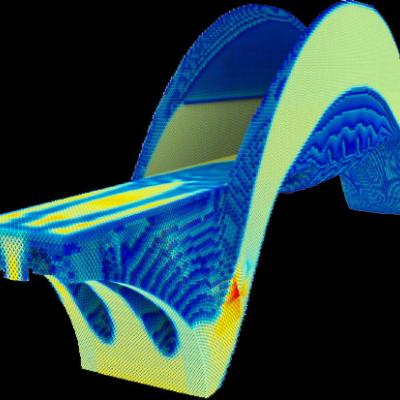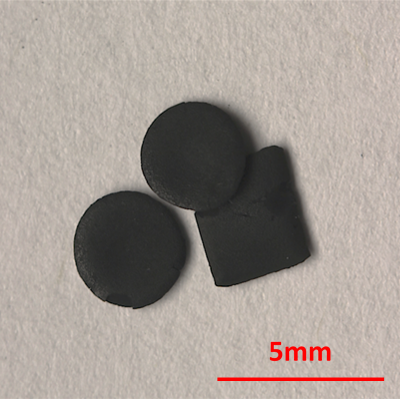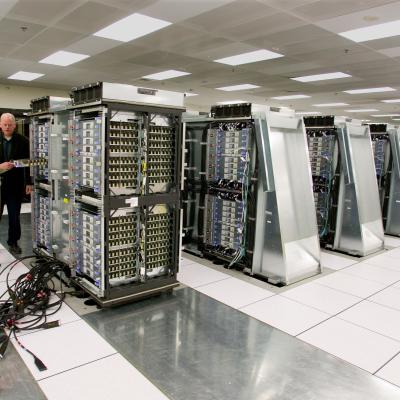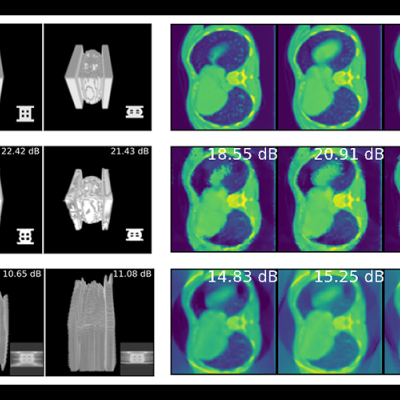LLNL’s Distributed Implicit Neural Representation (DINR) is a novel approach to 4D time-space reconstruction of dynamic objects. DINR is the first technology to enable 4D imaging of dynamic objects at sufficiently high spatial and temporal resolutions that are necessary for real world medical and industrial applications.
Keywords
- Show all (62)
- Synthesis and Processing (17)
- Materials for Energy Products (6)
- Data Science (5)
- Additive Manufacturing (4)
- Cybersecurity (4)
- Material Design (4)
- Imaging Systems (3)
- 3D Printing (2)
- Computing (2)
- Membranes (2)
- Rare Earth Elements (REEs) (2)
- Simulation (2)
- Additively Manufactured (AM) Optics (1)
- Instrumentation (1)
- Material Characterization (1)
- Quantum Science (1)
- Structural Materials (1)
- (-) Analysis (2)
- (-) Information Technology (1)
- (-) Magnet Compositions (1)

The LiDO code combines finite element analysis, design sensitivity analysis and nonlinear programming in a High-Performance Computing (HPC) environment that enables the solution of large-scale structural optimization problems in a computationally efficient manner. Currently, the code uses topology optimization strategies in which a given material is optimally distributed throughout the domain…

LLNL uses the additive manufacturing technique known as Electrophoretic Deposition to shape the source particle material into a finished magnet geometry. The source particle material is dispersed in a liquid so that the particles can move freely. Electric fields in the shape of the finished product then draw the particles to the desired location to form a “green body”, much like an unfired…

LLNL has developed a new active memory data reorganization engine. In the simplest case, data can be reorganized within the memory system to present a new view of the data. The new view may be a subset or a rearrangement of the original data. As an example, an array of structures might be more efficiently accessed by a CPU as a structure of arrays. Active memory can assemble an alternative…

